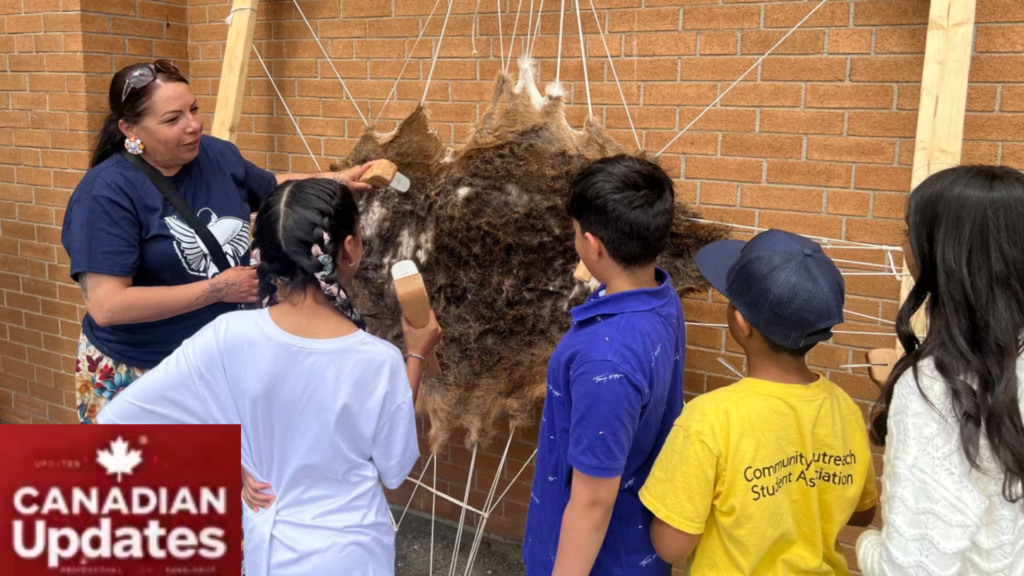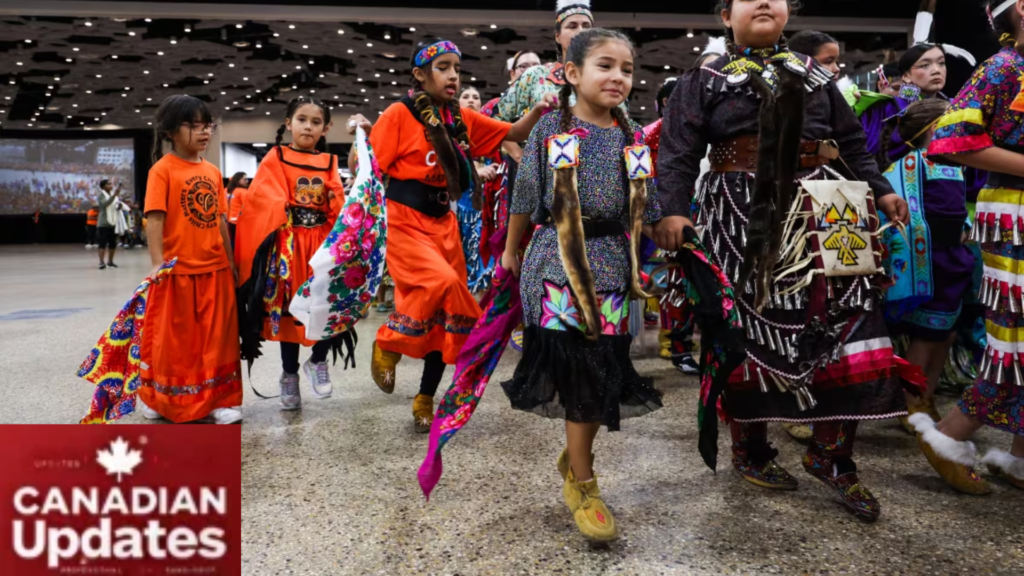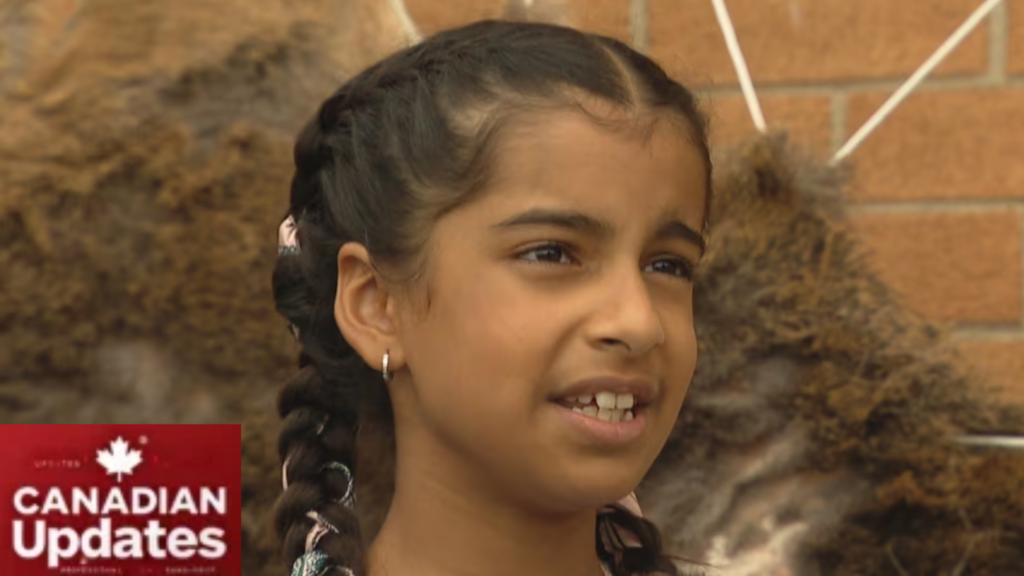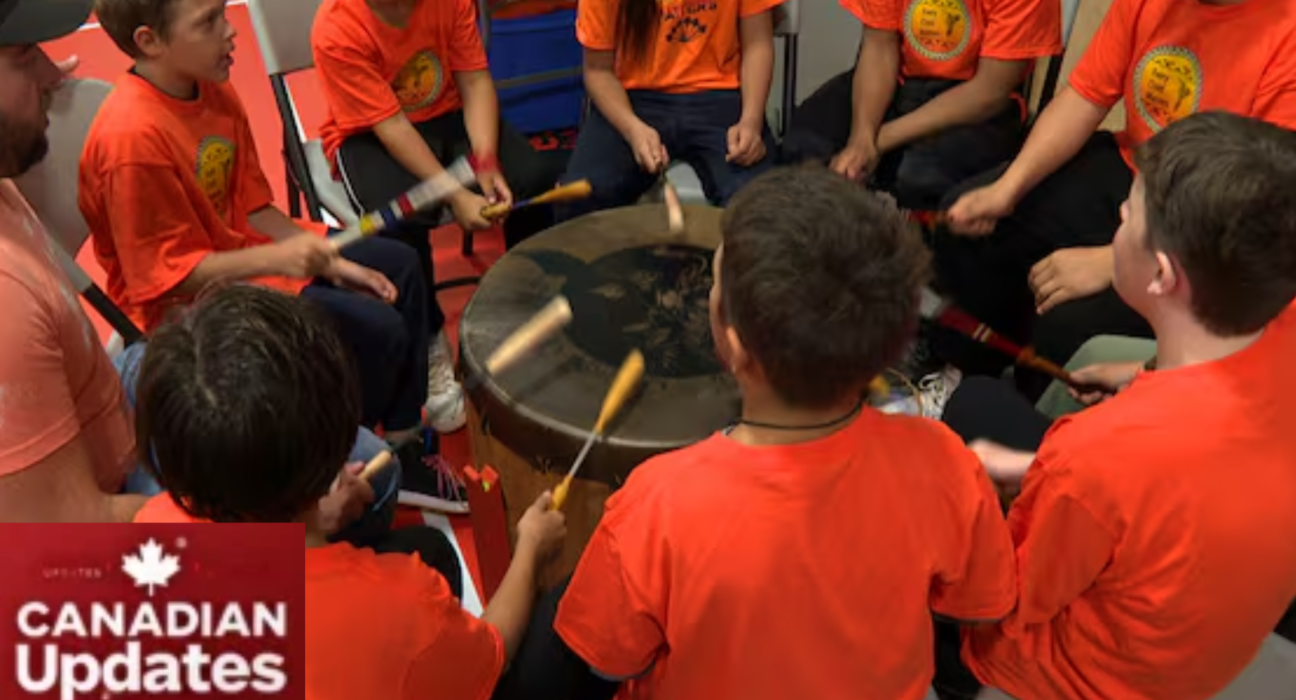It’s been 10 years since the Truth and Reconciliation Commission (TRC) shared its final report in 2015. The TRC was created to address the painful history of residential schools in Canada, where Indigenous children were taken from their families and forced to attend schools that tried to erase their culture. The TRC made 94 recommendations, called the Calls to Action, to help Canada heal and build better relationships with Indigenous communities. Some of these calls focus on improving education by teaching students about Indigenous history, culture, and treaties. Let’s look at how Canada is doing with these education goals, what’s working, and what still needs to be done.
What Are the TRC’s Education Goals?
The TRC’s education-related Calls to Action ask the government to work with Indigenous communities to create school lessons that teach kids about residential schools, treaties, and the contributions of Indigenous peoples. These lessons should be suitable for different age groups and mandatory for all students. The TRC also wants teachers to be trained to understand and share this history respectfully. Another important goal is to support Indigenous language programs, as language is a big part of culture and identity.

Niki Richer, the lead for land-based learning at the Maawnjiding Wiigushkeng Centre for Indigenous Excellence and Land-Based Learning within the Peel District School Board, demonstrates to elementary students the process of removing fur from animal skins to preserve the hides during the annual powwow hosted by PDSB in Cheltenham, Ontario, on Friday.
Progress in Canadian Schools
One big step forward is the growing number of students taking part in events like Orange Shirt Day. This day, held every September 30, raises awareness about the harm caused by residential schools. Many schools across Canada now hold activities, like wearing orange shirts, to honor survivors and remember the children who suffered. This shows kids are learning about this part of Canada’s past, which is a good start.
In places with many Indigenous people, like Manitoba, Saskatchewan, Alberta, and parts of Ontario, schools are working harder to include Indigenous history and culture in lessons. For example, some schools now teach about treaties, which are agreements between Indigenous groups and the government. Others are adding stories about Indigenous heroes and their contributions to Canada. These efforts often happen with help from Indigenous communities, which makes the lessons more meaningful.

Children participated in the Orange Shirt Day powwow held in Winnipeg on September 30th.
Challenges and Slow Progress
Even with these steps, progress is slow. Out of the 94 Calls to Action, only about 13 have seen real changes in the last 10 years. This means there’s still a lot of work to do. Many schools don’t yet have mandatory lessons about Indigenous history or residential schools. Some teachers also need more training to feel confident teaching these topics. Without proper support, it’s hard to make sure every student learns about this important part of Canada’s story.
Another challenge is that not all provinces are moving at the same pace. Areas with more Indigenous people are doing better, but other parts of Canada are behind. This creates uneven learning opportunities for students across the country.

In 2023, the Yellowhead Institute, which is an Indigenous-led research and education organization, reported that merely 13 calls to action put forth by the Truth and Reconciliation Commission have been addressed in the almost 10 years since their introduction.
Rose LeMay, the CEO of the Indigenous Reconciliation Group, asserts that all 94 calls must be addressed ‘within a generation.’
Additionally, Isabella Kulak, aged 14, discusses the origins of Ribbon Skirt Day and expresses what the National Day for Truth and Reconciliation signifies for her and her family.
Focus on Indigenous Languages
One exciting area of progress is the effort to teach Indigenous languages in schools. Language is a key part of Indigenous culture, but many languages were nearly lost because of residential schools. Now, some schools are offering classes in languages like Cree, Ojibwe, or Inuktitut. These programs help Indigenous students feel proud of their heritage and teach non-Indigenous students to respect and value these languages. However, more schools need to offer these programs, and they need funding to grow.

Performers are getting ready to make their entrance at the Peel District School Board’s powwow on Friday.
What’s Next for Canada?
To keep moving forward, Canada needs to listen to Indigenous students and communities. They know best what their schools should teach. More training for teachers, better funding for Indigenous language programs, and mandatory lessons about residential schools and treaties are all important next steps. By working together, schools can help students understand Canada’s past and build a future where everyone is respected.
Ten years after the TRC report, Canada has made some progress, but there’s still a long way to go. Events like Orange Shirt Day and new lessons about Indigenous history are steps in the right direction. By continuing to work with Indigenous communities, Canada can make sure every student learns the truth about the past and how to create a better future together.

At her public school in Peel, Indigenous viewpoints are integrated into the curriculum that Gr. 4 student Ryka Gill engages with each week.
Why This Matters
Learning about Indigenous history isn’t just about the past—it’s about creating a fairer Canada for everyone. When students understand the truth about residential schools and the strength of Indigenous cultures, they can help build a country that values all its people. Stay tuned to Canadian Updates for more stories about Canada’s journey toward truth and reconciliation.






